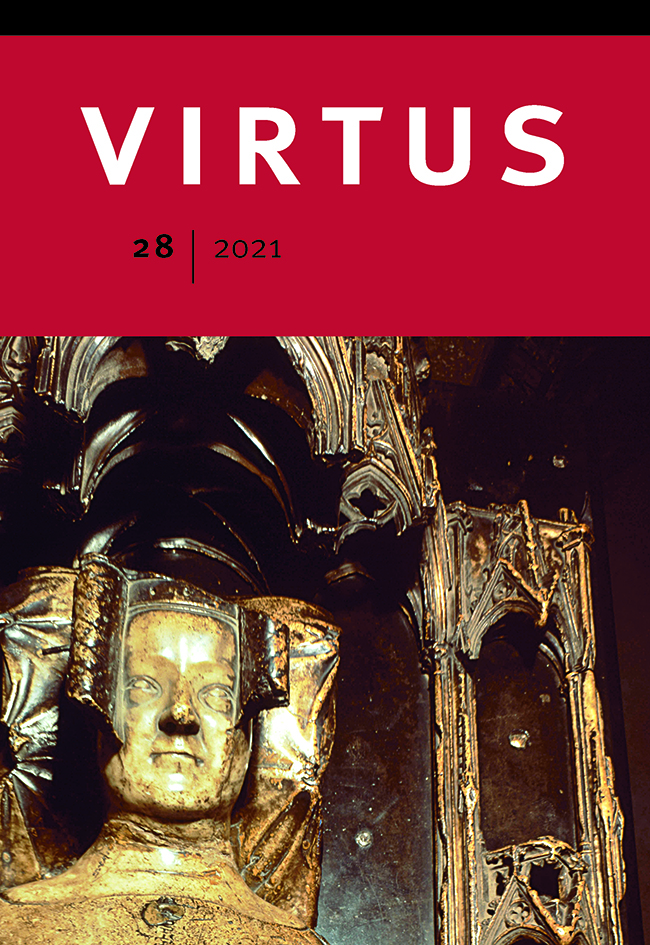A monument for an English Queen. The genealogical programme on the tomb of Philippa of Hainault (d. 1369) at Westminster Abbey, London
DOI:
https://doi.org/10.21827/virtus.28.41-60Abstract
The tomb of Queen Philippa of Hainault (d. 1369) presents a genealogical programme consisting of thirty-two statues of weepers (pleurants), placed around the tomb. They represent family members of the deceased queen (both her own family and her family-in-law) and could be identified by the coats of arms below the pedestals on which they were placed. The original heraldry on the pedestals has been lost, but older drawings and descriptions allow a reconstruction of the identity of Philippa’s weepers. This genealogical programme has hitherto been interpreted as political propaganda for Philippa’s husband Edward III in the Hundred Years’ War and for his alleged claim (in his wife’s name) to the counties Hainault, Holland and Zeeland. Philippa’s own patronage of the tomb, the represented persons in the genealogical programme and the location of the tomb in Westminster Abbey suggest, however, an alternative reading. With her tomb, the queen shaped her own multifaceted memory, that of a queen consort, a guardian of dynastic continuity and of a descendant of the illustrious Hainault comital family.
Published
Issue
Section
Copyright (c) 2021 Sanne Frequin

This work is licensed under a Creative Commons Attribution-NonCommercial 4.0 International License.

